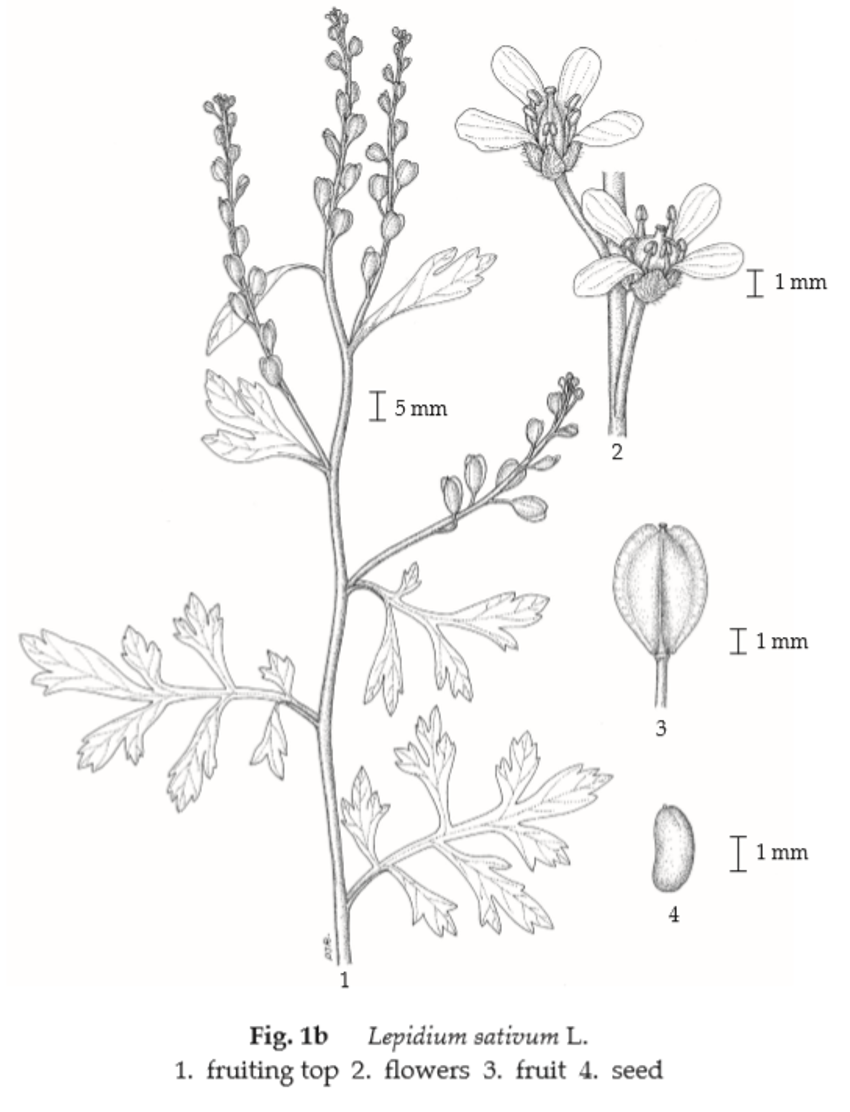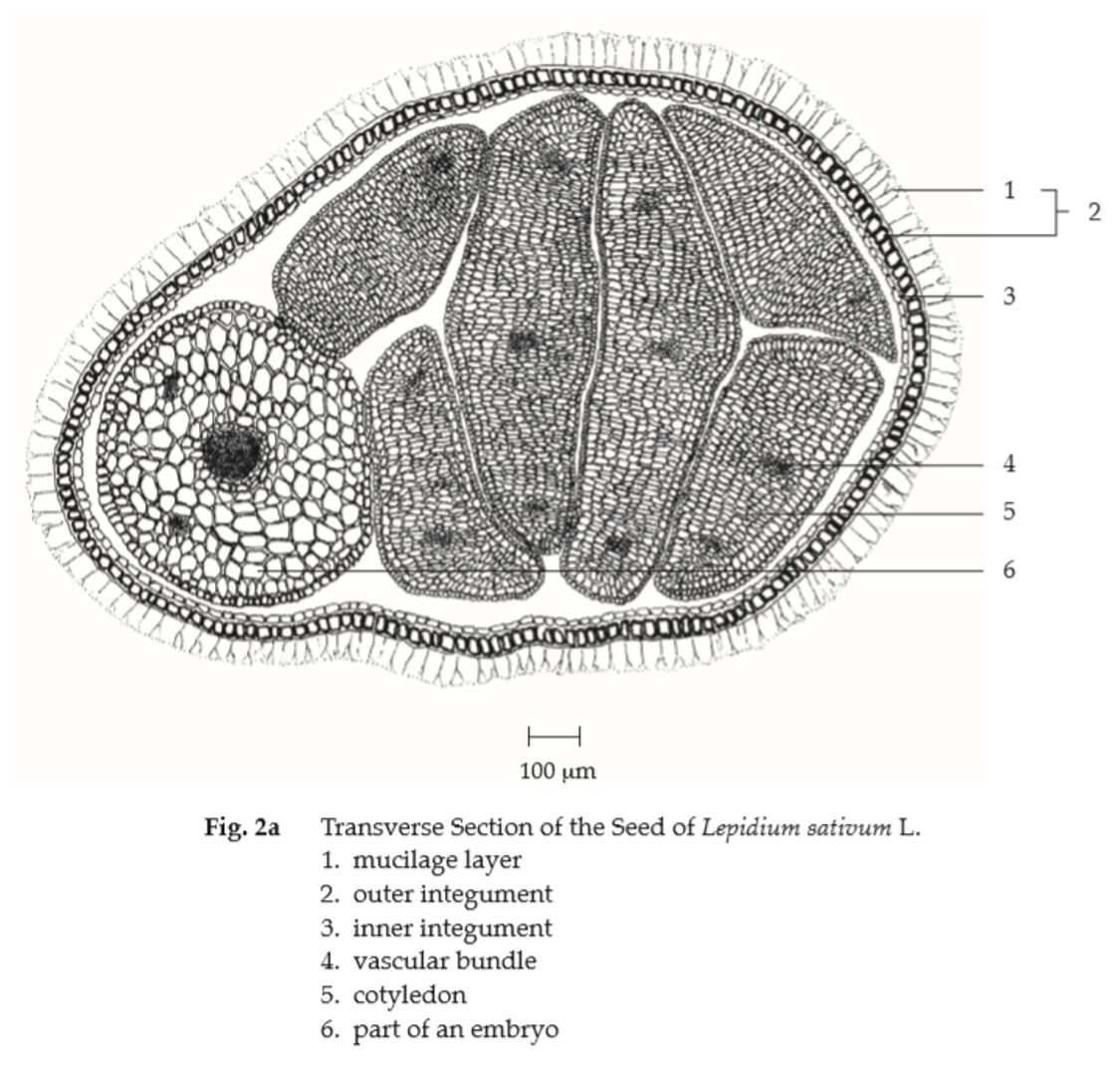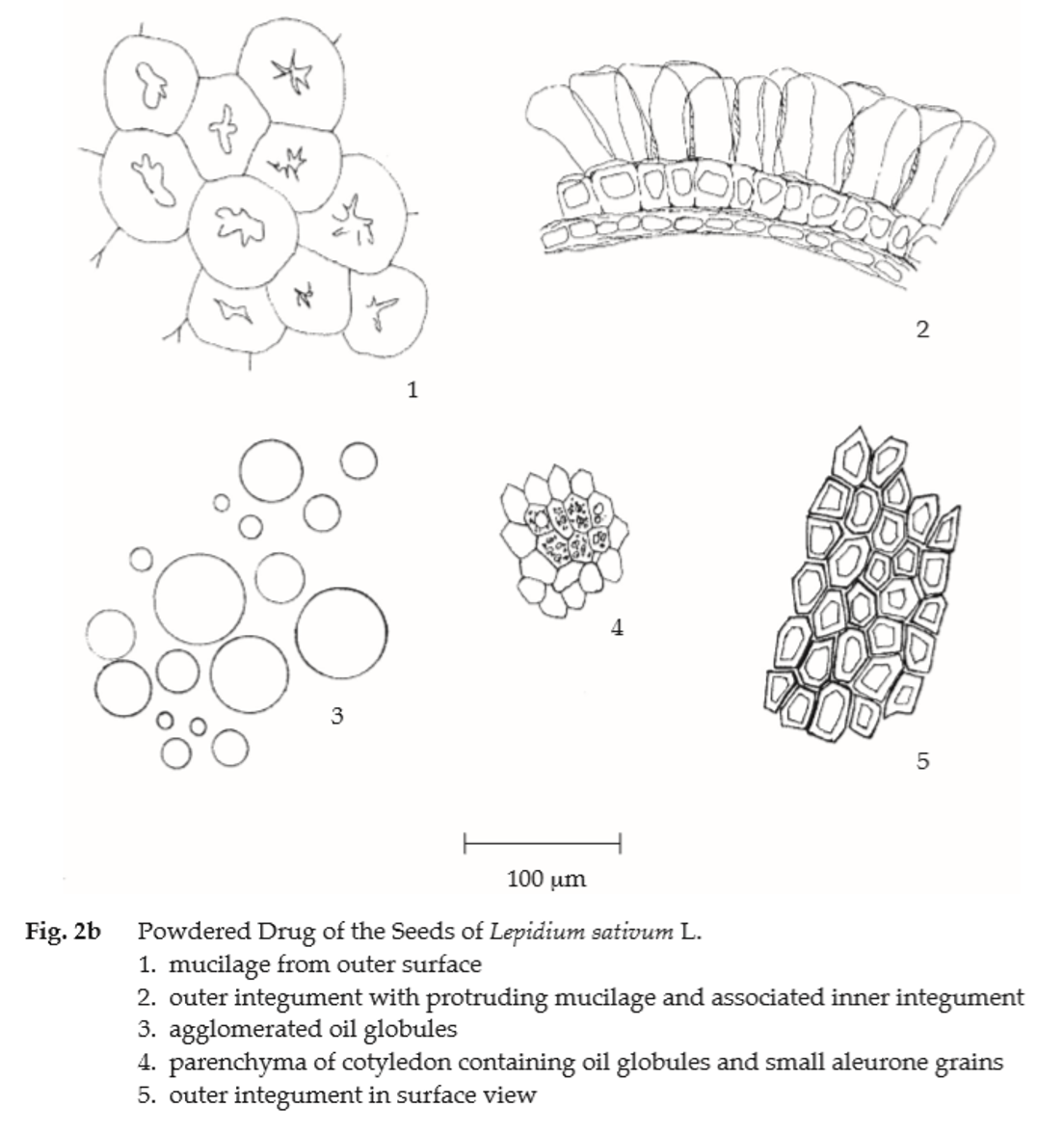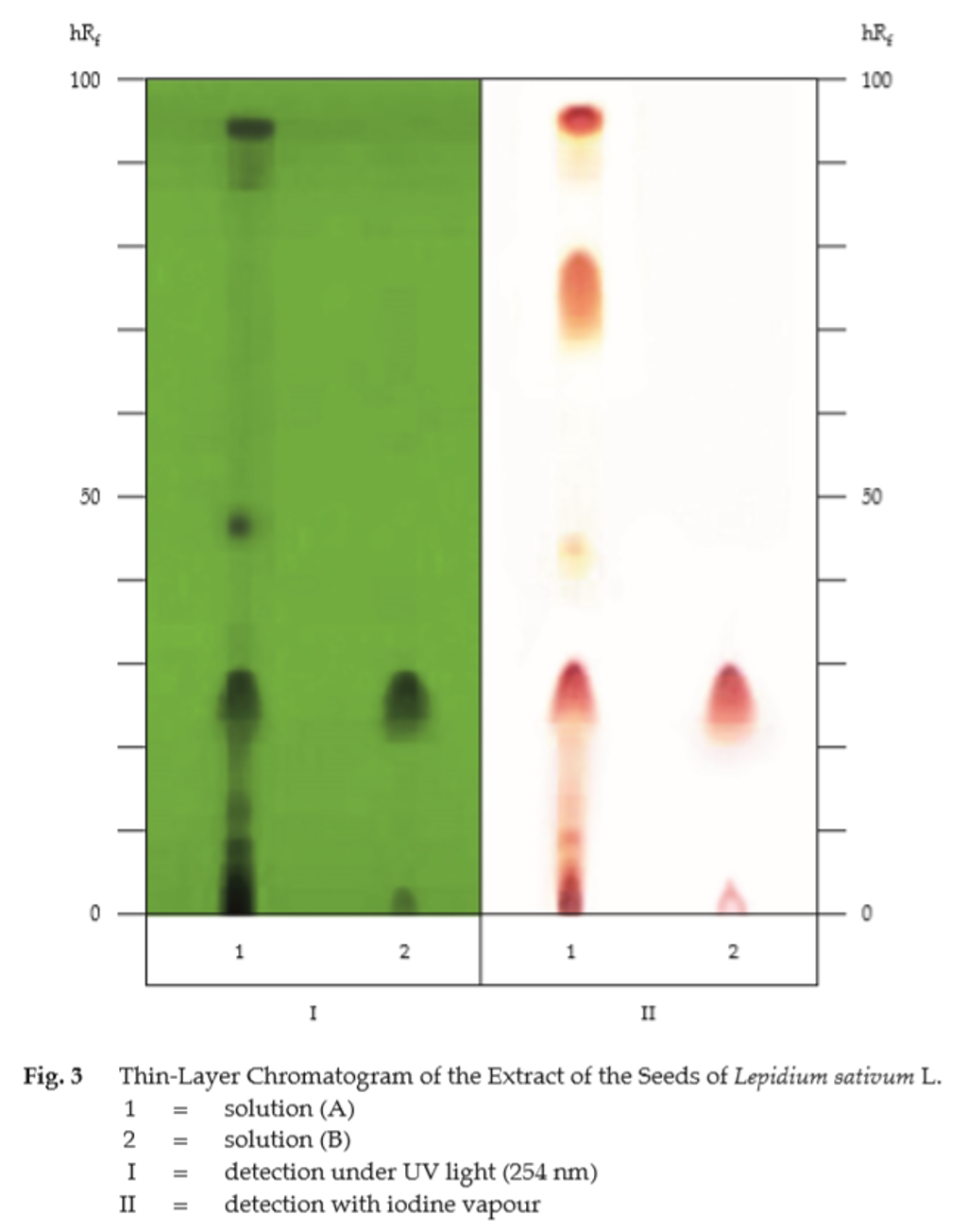ตำรามาตรฐานยาสมุนไพรไทย
Thai Herbal Pharmacopoeia
สำนักยาและวัตถุเสพติด กรมวิทยาศาสตร์การแพทย์ กระทรวงสาธารณสุข
Bureau of Drug and Narcotic, Department of Medical Sciences, Ministry of Public Health(Tinospora crispa (L.) Hook.f. & Thomson)
(Nelumbo nucifera Gaertn.)
(Centella asiatica (L.) Urb.)
(Centella Dry Extract)
(Centella Cream)
(Mesua ferrea L.)
(Piper sarmentosum Roxb.)
(Piper sarmentosum Roxb.)
(Pterocarpus santalinus L. f.)
(Santalum album L.)
(Senna tora (L.) Roxb.)
(Senna alata (L.) Roxb.)
(Senna Alata Tea)
(Piper retrofractum Vahl)
(Myristica fragrans Houtt)
(Andrographis paniculata (Burm. f.) Nees)
(Andrographis Capsules)
(Allium ascalonicum L.)
(Ocimum tenuiflorum L.)
(Curcuma longa L.)
(Turmeric Capsules)
(Turmeric Dry Extract)
(Turmeric Dry Extract Capsules)
(Arcangelisia flava (L.) Merr.)
(Curcuma sp.)
Harrisonia perforata (Blanco) Merr.
(Aristolochia pierrei Lecomte)
(Zingiber officinale Roscoe)
(Ginger Capsules)
(Ginger Tea)
(Cassia fistula L.)
(Nardostachys jatamansi (D. Don) DC.)
(Angelica sinensis (Oliv.) Diels)
Artemisia annua L.
(Ligusticum sinense Oliv. cv. Chuanxiong)
(Neopicrorhiza scrophulariiflora Pennell)
(Atractylodes lancea (Thunb.) DC.)
(Aucklandia lappa Decne)
(Terminalia chebula Retz.)
(Angelica dahurica (Hoffm.) Benth. & Hook. f. ex Franch. & Sav. var. dahurica)
(Kaempferia parviflora Wall. ex Baker)
(Hibiscus sabdariffa L.)
(Roselle Tea)
(Allium sativum L.)
(Zingiber zerumbet (L.) Sm.)
(Wurfbainia testacea (Ridl.) Škorničk.& A. D. Poulsen)
(Cannabis sativa L.)
(Myristica fragrans Houtt)
(Dracaena cochinchinensis (Lour.) S. C. Chen)
(Ficus racemosa L.)
(Hyptis suaveolens (L.) Poit.)
Clerodendrum indicum (L.) Kuntze
(Phyllanthus emblica L.)
(Citrus hystrix DC.)
(Citrus hystrix DC.)
(Areca catechu L.)
(Momordica charantia L.)
Moringa oleifera Lam.
(Aegle marmelos (L.) Corrêa)
(Solanum trilobatum L.)
(Morus alba L.)
Gynostemma pentaphyllum(Thunb.)
Makino
(Clinacanthus nutans (Burm. f.) Lindau)
(Cissus quadrangularis L.)
(Mimusops elengi L.)
(Zingiber montanum (J. König) Link. ex A. Dietr.)
(Piper betle L.)
(Capsicum annuum L.)
(Capsicum Oleoresin)
(Capsicum Gel)
(Piper nigrum L.)
(Piper nigrum L.)
(Eurycoma longifolia Jack)
(Thunbergia laurifolia Lindl.)
(Piper wallichii (Miq.) Hand.-Mazz.)
Senna garrettiana (Craib) H. S. Irwin & Barneby
(Terminalia bellirica (Gaertn.) Roxb.)
(Terminalia chebula Retz.)
(Caesalpinia bonduc (L.) H. Roxb.)
(Tarlmounia elliptica (DC.) H. Rob., S. C. Keeley, Skvaria & R. Chan)
(Hog Creeper Vine Dry Extract Capsiles)
(Hog Creeper Vine Dry Extract)
(Brachypterum scandens (Roxb.) Miq.)
(Lepidium sativum L.)
(Nigella sativa L.)
(Cuminum cyminum L.)
(Foeniculum vulgare Mill.)
(Plantago ovata Forssk.)
(Pimpinella anisum L.)
(Carum carvi L.)
(Anethum graveolens L.)
(Trachyspermum ammi (L.) Sprague)
Albizia procera (Roxb.) Benth.
(Acorus calamus L.)
(Tiliacora triandra (Colebr.) Diels)
Cyanthillium cinereum (L.) H. Rob.
(Orthosiphon aristatus (Blume) Miq.)
Murdannia loriformis (Hassk.) R. S. Rao & Kammathy
(Capparis micracantha DC.)
(Chrysopogon zizanioides (L.) Roberty)
(Cyperus rotundus L.)
(Cannabis sativa L.)
(Syzygium aromaticum (L.) Merr. & L. M. Perry)
(Boesenbergia rotunda (L.) Mansf.)
(Acanthus ebracteatus Vahl)
(Acanthus ilicifolius L.)
(Kaempferia galanga L.)
(Curcuma comosa Roxb.)
Betula alnoides Buch.-Ham. ex D. Don
Cannabis sativa L.
Carthamus tinctorius L
Mitragyna speciosa (Korth.) Havil
Mallotus repandus (Rottler) Müll. Arg
Azadirachta indica A. Juss. var. siamensis Valeton
Azadirachta indica A. Juss. var. siamensis Valeton
Punica granatum L.
Rhinacanthus nasutus (L.) Kurz
Baliospermum solanifolium (Burm.) Suresh
Curcuma aeruginosa Roxb
Boesenbergia kingii Mood & L. M. Prince
Senegalia rugata (Lam.) Britton & Rose
Acacia concinna (Willd.) DC.
Senegalia rugata (Lam.) Britton & Rose
Acacia concinna (Willd.) DC.
Senna alexandriana Mill. var. alexandriana
Cassia acutifolia Delile, Cassia angustifolia Vahl
Butea superba Roxb. ex Willd.
[Plaso superba (Roxb. ex Willd.) Kuntze, Rudolphia superba (Roxb. ex Willd.) Poir.
Pueraria candollei Graham
ex Benth. var. mirifica (Airy Shaw & Suvat.) Niyomdham
Streblus asper Lour.
Suregada multiflora (A. Juss.) Baill. (Gelonium
multiflorum A. Juss.
Plumbago zeylanica L.
Plumbago indica L.
Biancaea sappan (L.) Tod.
Ziziphus attopensis Pierre
Streblus asper Lour.
Justicia gendarussa Burm. f.
Enhalus acoroides (L. f.) Royle
Bridelia ovata Decne.
Tamarindus indica L.
Citrus × aurantiifolia (Christm.) Swingle
Garcinia mangostana L.
Blumea balsamifera (L.) DC
Persicaria odorata (Lour.) Soják
Zingiber montanum (J. König) Link ex A. Dietr.
Mammea siamensis (Miq.) T. Anderson
Citrus maxima (Burm.) Merr.
Citrus × aurantium L. ‘Som Sa’
Punica granatum L.
Rhinacanthus nasutus (L.) Kurz
Garden Cress Seed is the dried mature seed of Lepidium sativum L. (Family Cruciferae), Herbarium Specimen Number: DMSC 4533, QSBG 22819, Crude Drug Number: DMSc 431.
Constituents Garden Cress Seed contains sinapic acid, sinapine and imidazole alkaloids. It also contains volatile oil, fatty acids, amino acids, isothiocyanate glycosides, mucilage, etc.
Description of the plant (Figs. 1a, 1b) Annual herb 20 to 80 cm tall; stem erect, branched, nearly glabrous, glaucous. Basal leaves, pinnatisect or lyrate-pinnate, 2 to 10 cm long, 1 to 5 cm wide, segments toothed or finely divided, crispate, stalked to subsessile; stem leaves becoming successively simple, linear and entire in the upper part. Inflorescence raceme, terminal or axillary. Flower small, 2 to 3 mm in diameter, bisexual, regular; sepals 4, oblong, 1 to 1.3 mm long, 0.5 to 0.8 mm wide; petals 4, white or lavender, spatulate or obovate, 2.5 to 4 mm long, 0.7 to 1.4 mm wide; stamens typically 6, tetradynamous; ovary superior, 2-carpeled, 1 ovule each, ripening into a thin partitioned pod. Fruit silique, elliptic or oblong-ovate, 4 to 6 mm long, 3 to 5 mm wide, retuse, narrowly winged, with deep apical notch, style not projecting beyond notch; dehiscent by 2 valves; stalk more than half as long as fruit. Seed obliquely ovate to elliptic or oblong, 2 to 3 mm long, 1 to 1.5 mm wide, red to reddish brown.
Description Odourless; taste, aromatic, slightly bitter
Macroscopical (Figs. 1a, 1b) Obliquely ovate to elliptic or oblong, 2 to 3 mm long, 1 to 1.5 mm wide, externally reddish brown, glabrous, smooth, with a short longitudinal groove on one side at the narrow end. Seed coat swollen when moistened.
Microscopical (Figs. 2a, 2b) Transverse section of the seed shows seed coat composed of outer integument and inner integument. Outer integument, a mucilaginous layer and a layer of reddish thick-walled cells; inner integument, colourless rectangular cells with aleurone grains and oil globules. Embryo, cotyledons, thin-walled cells, oil globules, small aleurone grains and vascular tissue.
Garden Cress Seed in powder possesses the diagnostic microscopical characters of the unground drug.
Contra-indication It is contra-indicated in pregnant women.
Additional information It is commonly used with other herbal drugs in Thai traditional herbal preparations.
Packaging and storage Garden Cress Seed shall be kept in well-closed containers, protected from light, and stored in a dry place.




Identification
A. Transfer 1 g of the sample, in powder, to a 25-mL ground-glass stoppered cylinder. Moisten the sample with 1 mL of ethanol, add water to 25 mL, stopper and shake vigorously for 5 minutes. Allow to stand for 1 hour and shake intermittently. Add 0.5 mL of ruthenium red TS and mix well: a pinkish swollen mucilage is observed.
B. To 1 g of the sample in a stoppered centrifuge tube, add 3 mL of ethanol, stopper, shake for 3 minutes, and filter. To the filtrate, add 2 or 3 drops of acetic potassium iodobismuthate TS: an orange precipitate is produced.
C. To 100 mg of the sample, in fine powder, add 2 mL of sodium hydroxide TS and shake well: a yellow colour is produced immediately.
D. Prepare iron(II) sulfate strip by impregnating a 2 to 3 mm wide paper strip in iron(II) sulfate TS. Allow it to dry in a current of air and impregnate it in a 10 per cent w/v solution of sodium hydroxide and dry in the same manner. Place the strip in a glass tube passing through a rubber bung of a suitable vessel. Place 5 g of the sample, in fine powder, in the vessel, add 3 g of zinc powder and 30 mL of dilute sulfuric acid. Quickly place the bung in position and heat on a water-bath for about 45 minutes: a black stain on the strip is produced. When the strip is treated with a mixture of 1 mL of 6 M hydrochloric acid and a few drops of iron(III) chloride TS: the black stain is decolorized with the evolution of hydrogen sulfide and a blue stain is produced.
E. Carry out the test as described in the “Thin-Layer Chromatography” (Appendix 3.1), using silica gel GF254 as the coating substance and a mixture of 90 volumes of chloroform and 10 volume of methanol as the mobile phase and allowing the solvent front to ascend 10 cm above the line of application. Apply separately to the plate, 2 μL of solution (A) and 5 μL of solution (B). Prepare solution (A), by macerating 5 g of the sample, in fine powder, with 30 mL of petroleum ether (boiling range, 40° to 60°) for 15 minutes and filtering. Macerate the marc with two successive 25-mL portions of methanol, filter, and combine the filtrates. Evaporate the filtrate on a water-bath to dryness and dissolve the residue in 30 mL of dilute hydrochloric acid. Transfer to a separator, extract with two successive 30-mL portions of ethyl acetate, combine the ethyl acetate extracts, evaporate to dryness on a water-bath, and dissolve the residue in 0.5 mL of methanol. For solution (B) dissolve 10 mg of sinapic acid in 0.5 mL of water, add 1 mL of methanol and mix well. After removal of the plate, allow it to dry in air and examine under ultraviolet light (254 nm), marking the quenching spots. The chromatogram obtained from solution (A) shows one quenching spot (hRf value 27 to 29) corresponding to the sinapic acid spot from solution (B), and several spots of different hRf values. Expose the plate to iodine vapour; the spot due to sinapic acid is pinkish brown. Other spots of different colours are observed (Table 1); see also Fig. 3.
Table 1 hRf Value of Components in the Extract of the Seeds of Lepidium sativum L.
| Spot | hRf Value | Detection | |
| UV 254 | Iodine Vapour | ||
| 1 | 7-9 | quenching | brown |
| 2 | 12-13 | quenching | pale brown |
| 3* | 27-29 | quenching | pinkish brown |
| 4 | 42-44 | - | pale yellow |
| 5 | 45-47 | quenching | - |
| 6 | 75-77 | - | brown |
| 7 | 86-88 | quenching | pale yellow |
| 8 | 94-97 | quenching | brown |
| *sinapic acid | |||
Loss on drying Not more than 10.0 per cent w/w after drying at 105° to constant weight (Appendix 4.15).
Foreign matter Not more than 2.0 per cent w/w (Appendix 7.2).
Acid-insoluble ash Not more than 0.4 per cent w/w (Appendix 7.6).
Total ash Not more than 6.0 per cent w/w (Appendix 7.7).
Ethanol-soluble extractive Not less than 15.0 per cent w/w (Appendix 7.12).
Swelling index Not less than 20, when determined by the following method.
In a 25-mL ground-glass stoppered cylinder graduated over a height of 125±5 mm in 0.5-mL divisions, place 1 g of Garden Cress Seed, accurately weighed, moisten it with 1.0 mL of ethanol, add 25 mL of water and close the cylinder. Shake vigorously every 10 minutes for 1 hour. Allow to stand for 3 hours. At 90 minutes after the beginning of the test, release any large volume of liquid retained in the layer of the Seed and any particles of the Seed floating at the surface of the liquid by rotating the cylinder about a vertical axis. Measure the volume occupied by the Seed, including any adhering mucilage. Carry out three tests at the same time. The swelling index is given by the mean of the three tests.
Dose 3 g.
